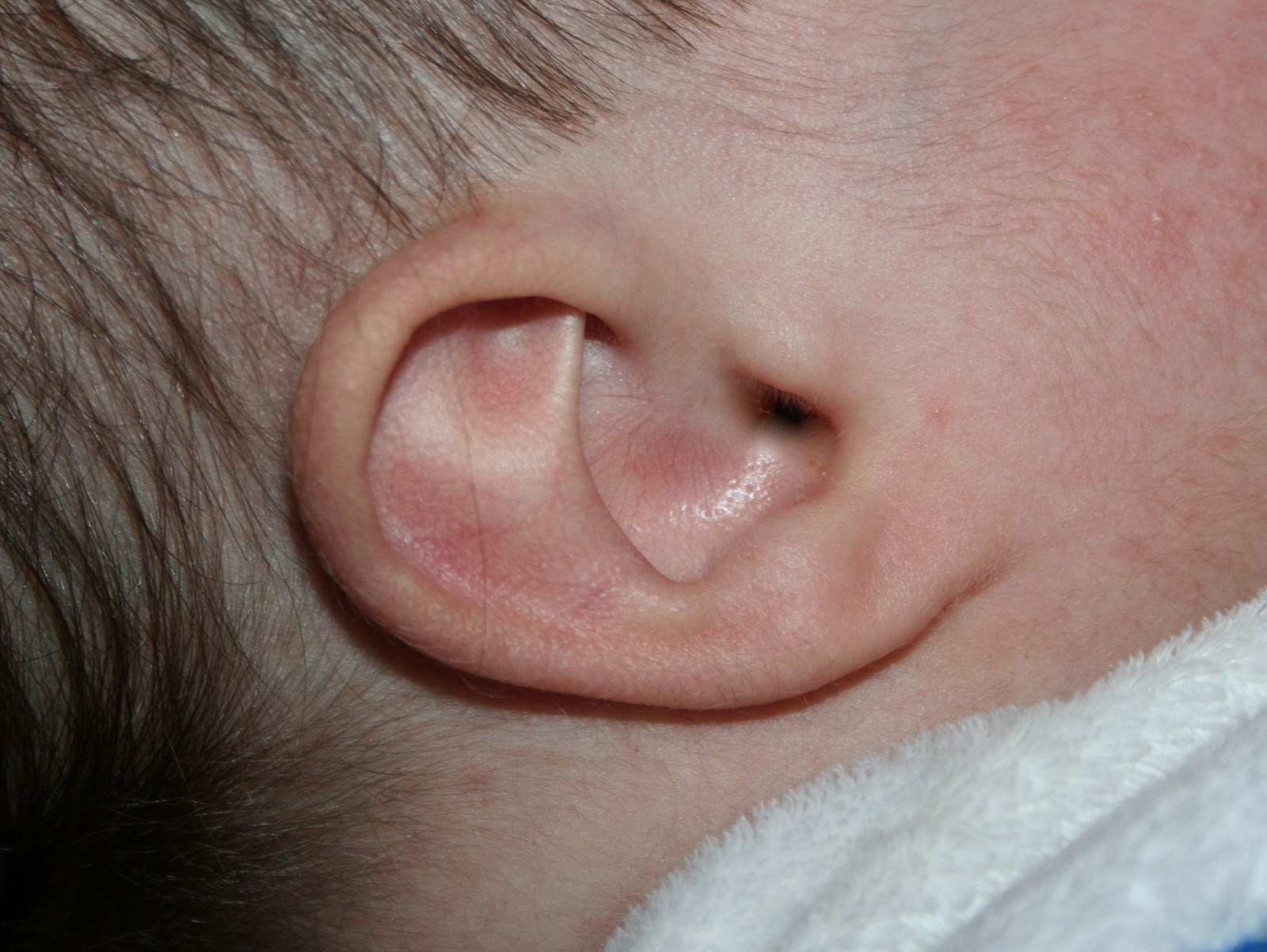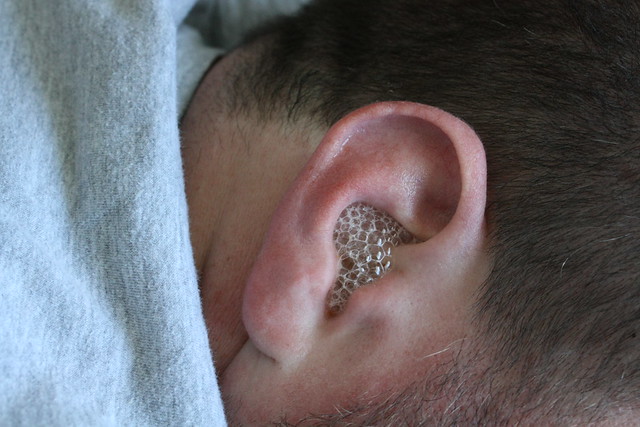An inner ear infection, also known as labyrinthitis or otitis interna, is a condition that affects the delicate structures of the inner ear. This part of the ear plays a crucial role in hearing and balance. When an infection occurs here, it can lead to a range of uncomfortable symptoms, including dizziness, hearing loss, and nausea. Understanding the causes, symptoms, diagnosis, and treatment options for this condition is essential for managing it effectively.

What Is an Inner Ear Infection?
The inner ear is a complex system of small chambers and tubes filled with fluid. It contains the cochlea, which is responsible for hearing, and the vestibular system, which helps maintain balance. An infection in this area can disrupt these functions, leading to various health issues. Unlike outer or middle ear infections, which are more common, inner ear infections are less frequent but can be more severe due to their impact on both hearing and balance.
Causes of Inner Ear Infections
Inner ear infections can arise from a variety of factors. Below are some of the most common causes:
Viral Infections
- Viral infections are the most frequent cause of inner ear infections. Viruses such as the common cold, influenza, or herpes can spread to the inner ear, causing inflammation and irritation.
- In some cases, viral infections may trigger an autoimmune response, where the body’s immune system mistakenly attacks the inner ear tissues.
Bacterial Infections
- Bacterial infections are less common but can occur if bacteria from another part of the body, such as the middle ear or sinuses, spread to the inner ear.
- Conditions like meningitis or a severe middle ear infection can sometimes lead to bacterial involvement in the inner ear.
Trauma or Injury
- Physical trauma to the head or ear can damage the inner ear structures, making them more susceptible to infection.
- Exposure to loud noises or sudden changes in pressure, such as during scuba diving or air travel, can also contribute to inner ear problems.
Other Factors
- Chronic conditions like diabetes or autoimmune disorders can increase the risk of developing an inner ear infection.
- Allergies and respiratory infections may also play a role in creating an environment conducive to infection.
Symptoms of Inner Ear Infections
The symptoms of an inner ear infection can vary depending on the severity of the condition and the specific structures affected. Common symptoms include:
Dizziness and Vertigo
- Dizziness is one of the hallmark symptoms of an inner ear infection. It often manifests as vertigo, a sensation that the room is spinning or moving.
- This symptom can make it difficult to stand or walk and may worsen with head movements.
Hearing Loss
- Hearing loss is another common symptom, ranging from mild to severe. It may affect one or both ears and can be temporary or permanent, depending on the underlying cause.
- Some individuals may experience tinnitus, a ringing or buzzing sound in the ear, alongside hearing loss.
Nausea and Vomiting
- The combination of dizziness and vertigo can lead to nausea and vomiting, further complicating the condition.
- These symptoms can make it challenging to eat or drink, potentially leading to dehydration.
Ear Pain and Pressure
- While ear pain is more commonly associated with outer or middle ear infections, some individuals with inner ear infections may experience discomfort or a feeling of fullness in the ear.
- This pressure can exacerbate other symptoms like dizziness and hearing loss.
Balance Problems
- The inner ear plays a critical role in maintaining balance. When infected, individuals may experience unsteadiness, difficulty walking, or frequent falls.
- These balance issues can significantly impact daily activities and quality of life.
Diagnosing an Inner Ear Infection
Diagnosing an inner ear infection requires a thorough evaluation by a healthcare professional. The process typically involves the following steps:
Medical History and Physical Examination
- The doctor will begin by asking about the patient’s symptoms, medical history, and any recent illnesses or injuries.
- A physical examination of the ear, nose, and throat may be conducted to check for signs of infection or inflammation.
Hearing Tests
- Hearing tests, such as audiometry, may be performed to assess the extent of hearing loss and determine whether it is related to the inner ear.
- These tests measure the ability to hear different tones and volumes, helping to pinpoint the source of the problem.
Balance Assessments
- Balance assessments, such as electronystagmography or posturography, may be used to evaluate the function of the vestibular system.
- These tests can help identify abnormalities in eye movements or balance responses that are indicative of an inner ear issue.
Imaging Studies
- In some cases, imaging studies like magnetic resonance imaging or computed tomography scans may be ordered to rule out other conditions, such as tumors or structural abnormalities.
- These tests provide detailed images of the inner ear and surrounding structures, aiding in accurate diagnosis.
Treatment Options for Inner Ear Infections
Treatment for an inner ear infection depends on the underlying cause and severity of the condition. Below are some common approaches:
Medications
- Antiviral or Antibacterial Medications: If the infection is caused by a virus or bacteria, appropriate medications may be prescribed to target the specific pathogen.
- Steroids: Corticosteroids may be used to reduce inflammation and swelling in the inner ear, particularly in cases of severe dizziness or hearing loss.
- Antiemetics: These medications can help control nausea and vomiting associated with vertigo, improving overall comfort.
Vestibular Rehabilitation Therapy
- Vestibular rehabilitation therapy involves exercises designed to improve balance and reduce dizziness. A physical therapist typically guides the patient through these exercises, which can be done at home.
- This therapy is particularly beneficial for individuals experiencing persistent balance problems after the acute phase of the infection has resolved.
Lifestyle Modifications
- Avoiding sudden head movements and taking precautions to prevent falls can help manage symptoms during recovery.
- Staying hydrated and getting adequate rest are also important for supporting the body’s healing process.
Surgical Interventions
- In rare cases where medication and therapy are ineffective, surgical interventions may be considered. Procedures such as labyrinthectomy or vestibular nerve section aim to alleviate severe symptoms by removing or disabling the affected inner ear structures.
- These surgeries are typically reserved for extreme cases and require careful consideration of risks and benefits.
Preventing Inner Ear Infections
While not all inner ear infections can be prevented, certain measures can reduce the risk of developing this condition:
- Practicing good hygiene, such as washing hands regularly, can help prevent the spread of viruses and bacteria that may lead to infections.
- Managing chronic conditions like diabetes and avoiding exposure to loud noises can protect the inner ear from damage.
- Seeking prompt treatment for respiratory infections and ear-related issues can prevent complications that might affect the inner ear.





